Here's a couple of examples of how a ship's design, development and construction process can go poorly or pretty well.
The Navy's newest class of amphibious ships is getting bad reviews by Navy inspectors in recent months. The USS San Antonio is a $1.2 billion helicopter and troop carrier schedule to join the fleet this fall.
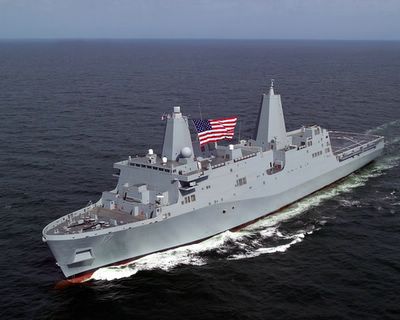
USS San Antonio LPD17 (Source: US Navy)
The HamptonRoads.com article titled "Problems on new ship a bad sign, analyst warns" states:
The ''poor construction and craftsmanship'' Navy inspectors say they found last month aboard a new amphibious ship could be an ominous sign for the service and the U.S. shipbuilding industry as they embark on a host of other ship programs, a veteran naval analyst warned Wednesday.
Additionally there's this statement:
Inspectors said they found such deficiencies as hazardous wiring, uninstalled ventilation and a crash-prone engineering control system. Though the Navy expects to take possession of the ship in August, the inspectors said the San Antonio is not ready for its crew to come aboard.
That's troubling, the ship is not ready for the crew to come aboard? I know what they really mean is become operational, she's already manned, but the Navy has a problem here and it sounds like another poorly run program and problems with the Shipbuilder.
Joseph F. Yurso a former commander of the Portsmouth Naval Shipyard in Kittery, Maine is quoted in the above article as saying "A nuclear-powered submarine or aircraft carrier receiving its first exam from the Board of Inspection and Survey generally gets fairly high marks". But then goes on to argue that amphibious ships always seem to be at the end of a food chain. What I can't understand is the price tag, $1.2 Billion for a conventionally powered (diesel) ship that looks like a big sub tender, how is that the end of the food chain?
But Mr. Yurso brings up a good point, at least in recent history, that new class submarine programs seem to have the good record. In contrast take progress of the new Virginia Class SSN as reported in The New London Day back in June:
The Groton-based USS Virginia could deploy later this year, more than a year ahead of what would be a typical schedule, becoming the first nuclear submarine to go on an official mission before a year of testing and a year of repair, top Navy officials said this week.
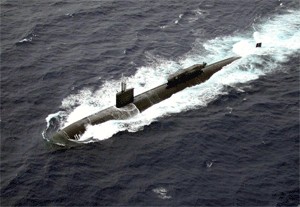
Virginia Class Submarine (Source: US Navy)
A few of my fellow bubbleheads have commented on the USS Virginia's program success back then, such as here and here as well as comparing the Virginia class to the DDX program here or the LCS program here.
This former EB yardbird and Submariner may be a little bias but I think the submarines are money well spent in comparison to some of the Navy's new surface ship classes.
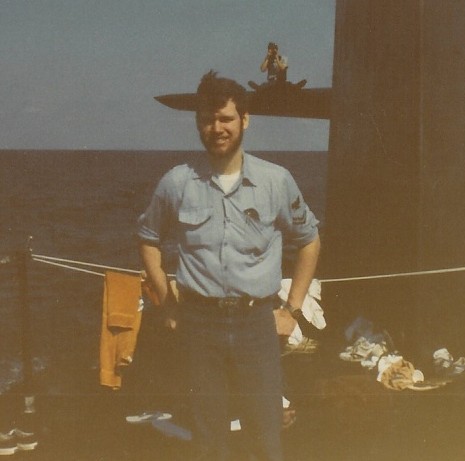
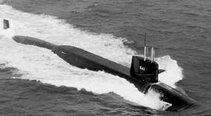
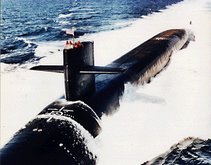






2 comments:
Man, almost anything is a better investment of taxpayer money than a multi-billion dollar destroyer.
Eagle1–
I have a lot of respect for our Surface brethren but, being one of those sneaky bastard Submariners, I’m not above taking a snap shot at a FAT surface target. 1.2 Billion for what in my book is a support ship that has no gas turbines or Nuke plant, only defensive weapons, no large sophisticated fire control, sonar or missile systems, etc seems excessive. All for a ship that may not be ready to enter service because of problems with the designer and shipbuilder.
I hope that Bath Iron Works will produce a better LPD than the lead yard and designer Avondale. BIW has produced some of the best Destroyers and Frigates in the Navy and traditionally on or below budget. BIW is contracted to build 4 LPD17 class ships.
12 USS San Antonio LPD 17 Class ships are to be built at a cost of 1.2 billion each. That’s 14.4 billion for 12 amphibious transport dock ships not including the LCACs and MV-22 Ospreys, when’s the last time we did an amphibious assault? I think it was the first Gulf War and that was a faint into Kuwait.
Post a Comment